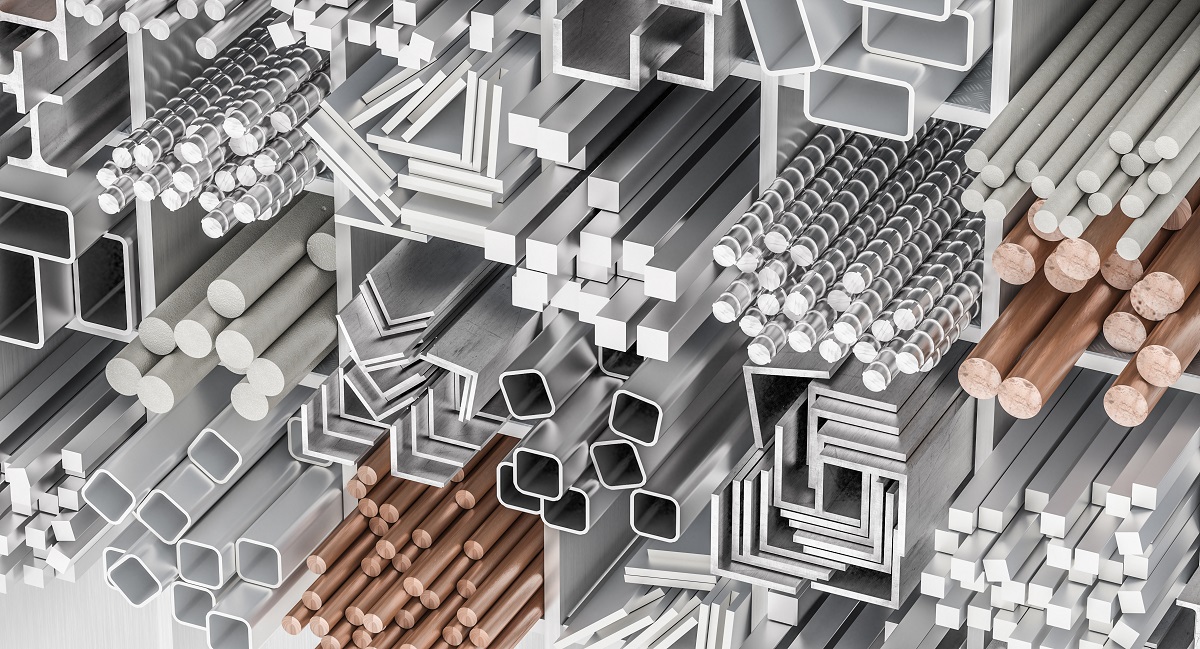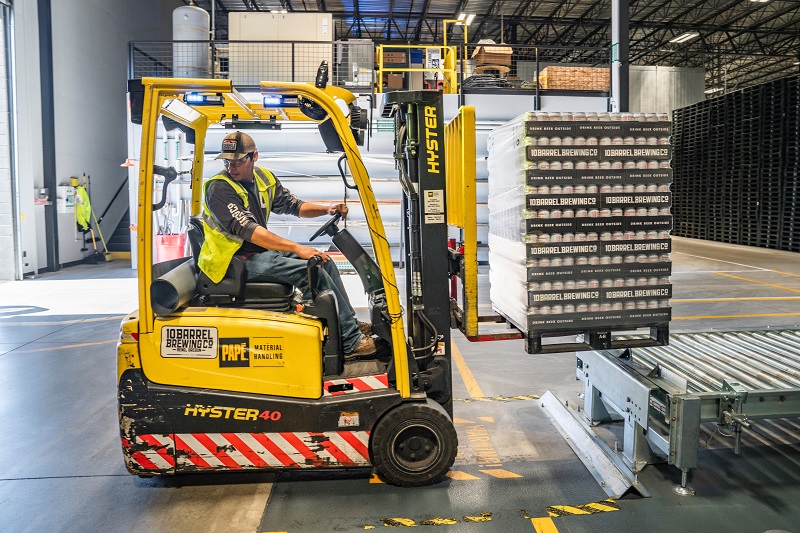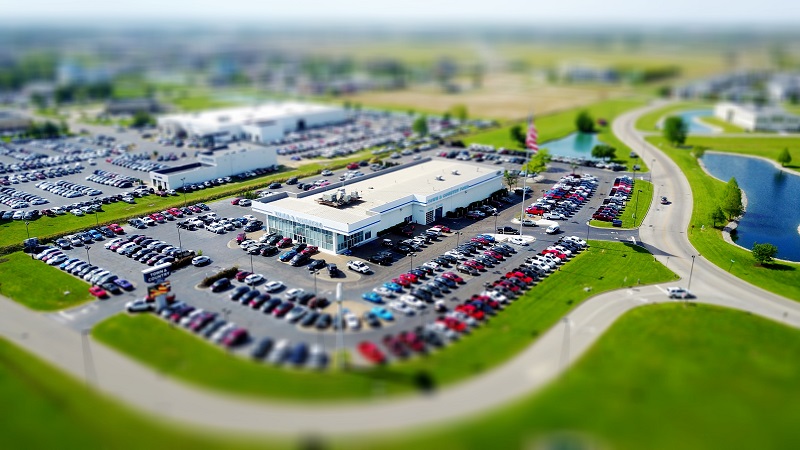What are the important factors to consider when choosing between aluminum or steel?
- Durability
- Strength
- Corrosion Resistance
- Versatility
- Weight
- Cost
Aluminum and steel are some of the most utilized metals across different industries for a multitude of products and building projects. Steel is popular because of its high tensile strength, low cost, and recyclability. But don’t go calling your local stainless steel supplier right away because aluminum can still make a case for its worth.
Aluminum is the third most abundant metal in the earth’s crust. It also has the best strength-to-weight ratio and is unbeatable when it comes to the variety of its uses: automobile, motorcycle, and bicycle parts. It is also used in aircraft design and architectural moldings. Like steel (especially the stainless kind), it is also a very environmentally efficient metal which makes using either metal good for the environment.
-
Durability
The first and most apparent factor you are going to have to take into consideration is durability. Metals are typically known for their durability, but not all of them have the same kind of durability. The ability to withstand wear and tear, pressure, or damage varies from metal-to-metal and when it comes to steel and aluminum, there are some notable differences.
-
Strength

Tensile strength is the name of the game when it comes to durability, and in that regard, steel is king. Tensile strength is the maximum amount of stretching or pulling a metal can withstand before it breaks or is permanently damaged. Without getting into specifics, steel and all of its sub-categories have a higher tensile strength than aluminum and its derivatives. This is by no means an indication that aluminum is a weak metal that easily breaks — steel is just a bit stronger.
-
Corrosion Resistance
Luckily for aluminum, tensile strength is not the only way to evaluate durability. Resistance to corrosion is also important to consider because metals become susceptible when exposed to the elements. Corrosion is a natural process that converts refined metals to a more chemically stable form (think of your oxides and sulfides).
That being said, steel is an alloy that is made up of refined metals like iron and copper, so they are pretty susceptible to rust. Despite that, the more popular derivative, stainless steel, has chromium added to its alloy formula to give it an anti-corrosion layer. This pretty much solves the corrosion problem.
Meanwhile, aluminum has an edge over steel in this regard because it does not contain steel or iron, meaning it does not rust. The thing is, rust is just one kind of corrosion that affects metals. Aluminum, when exposed to weathering and atmospheric oxygen, can oxidize and produce a layer of aluminum oxide. What’s interesting to note here is that aluminum oxide actually protects the metal from further corrosion. What this means is that the more aluminum corrodes, the more it is protected from further corrosion.
Either way, you really cannot go wrong. Both metals are competitively durable and have a good level of corrosive resistance. The important part here is knowing what kind of elements are present in the environment you are going to use the metal in before deciding which to use.
-
Versatility

Versatility is where things start to favor aluminum. The “miracle metal” is well known for its malleability. This means it can be successfully de/reformed and bent into a variety of custom shapes or profiles without suffering noticeable breaks or cracks. Aluminum is also very ductile, allowing it to be stretched without breaking.
When it comes to temperature, aluminum is also the more versatile choice because it becomes harder as temperatures go lower. Steel, meanwhile, tends to become a little more brittle under cold temperatures and that affects its aforementioned tensile strength. Both metals and alloys have no problem withstanding high temperatures though and should hold up even in a fire. Just avoid touching it.
-
Weight
As previously stated, steel is stronger across the board, but aluminum wins the strength-to-weight ratio. This is why aluminum becomes the better choice in the production of transportation modes such as aircraft, automobiles, and locomotives. Lower weight means better fuel efficiency and faster speeds.
Steel, on the other hand, is heavy and is better for solid structures requiring stability and foundational strength. Seeing both metals incorporated in a multitude of ways isn’t an uncommon sight as products, buildings, and pretty much anything that can be built will always be better with steel and aluminum parts working together to full effect.
-
Cost

Lastly, cost should always be taken into consideration when choosing a metal to use for your respective purposes. In this regard, steel is usually less expensive, but it still depends on what kind of steel you are looking to get. Your run of the mill steel and carbon steel are less expensive than aluminum, while stainless steel is pricier. It all depends on your budget and the specific job you are going to use it for.
Key Takeaway
Steel and aluminum have their advantages and disadvantages, but what both have in common is that they are products of metallurgical ingenuity and are good for a number of different industrial purposes.
It all boils down to what you need to do, what your budget is, and what specific particulars you are going to be dealing with. Tailor your choice according to those, and you should be good to go.











